A computer network is a system that connects multiple devices to share data and communicate efficiently.
Every second, countless devices exchange information around you. Your phone checks messages, your laptop syncs files to the cloud, and a server responds to a web request. This quiet flow of data keeps the modern world running.
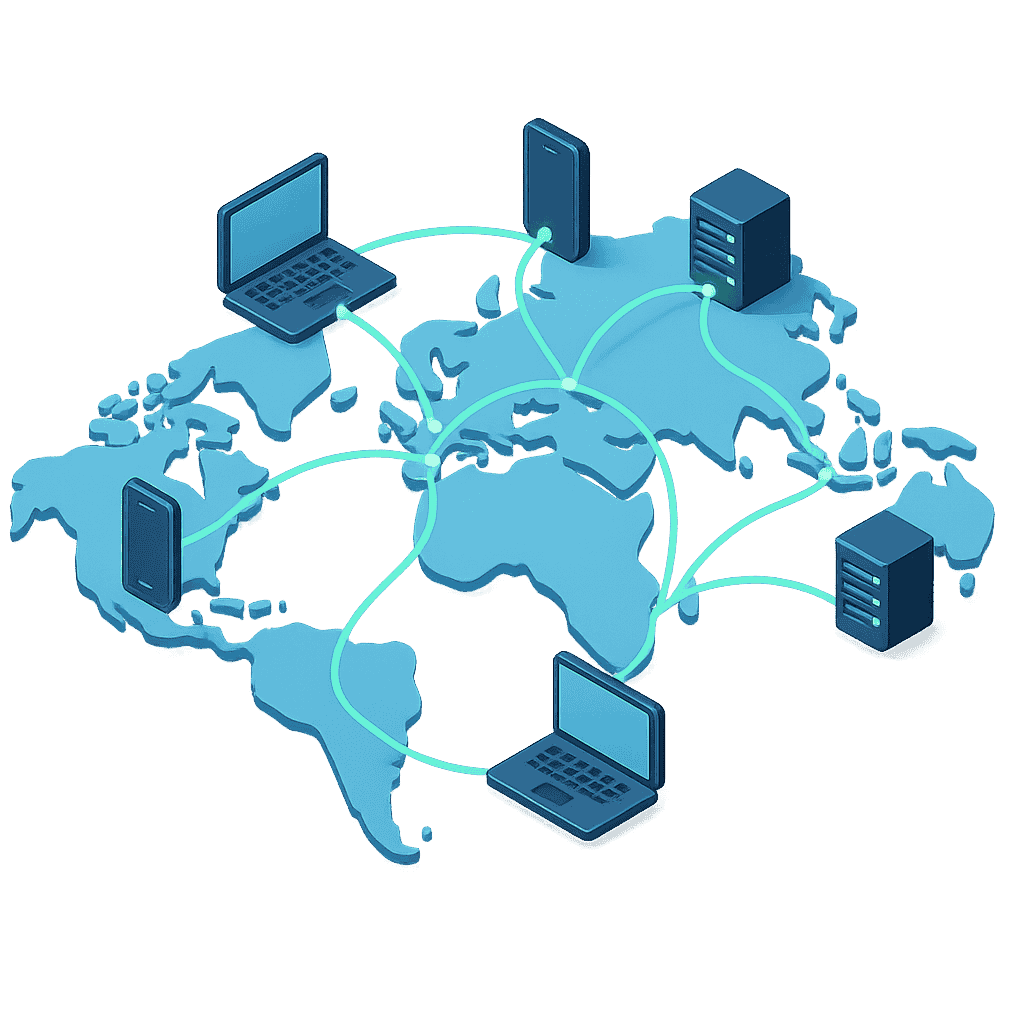
Figure 1 - Interconnected networks.
A computer network is the invisible fabric that allows these exchanges to happen. It links machines so that information can move with purpose and speed.
Now that you’ve seen how everything around us communicates, let’s define what exactly makes that communication possible.
Answer the question below
A computer network is a collection of devices connected by links that follow common rules to exchange data and share resources.
Devices can be laptops, smartphones, servers, printers, or sensors. Links can be copper cables, fiber-optic cables, or radio waves. Rules are protocols that define how data is formatted, addressed, sent, and received.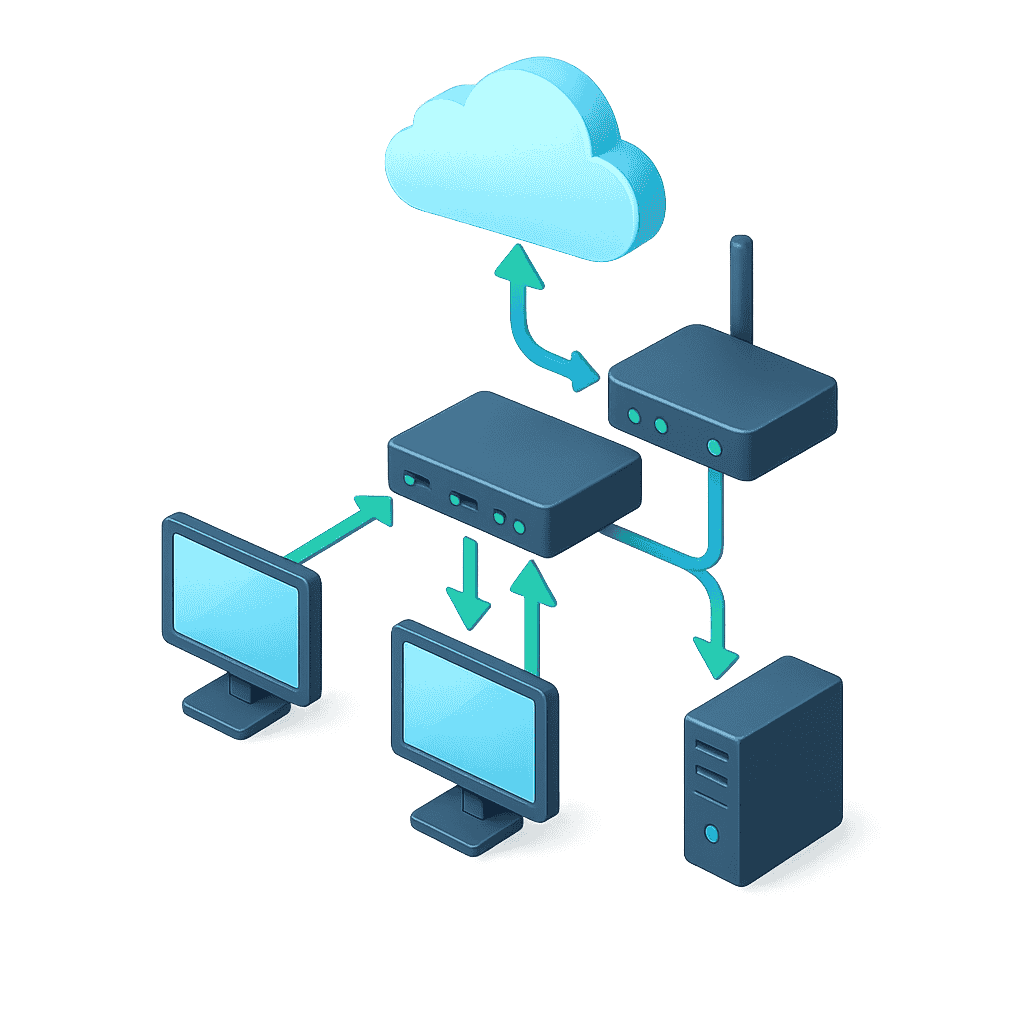
Figure 2 - Computers connected to a switch and a router linked to the Internet.
Every time you open a web page, send a message, or watch a video, you are using a network often without realizing it.
Right now, as you use PingMyNetwork, your device talks to switches, routers, and servers worldwide. That's how these words show up on your screen.
That's the power of networks: they make distance irrelevant and information instant.Answer the question below
Before networks existed, computers worked in complete isolation.
In the early days of computing, around the 1970s and 1980s, each machine stood alone, storing its own data with no way to share it.
People transferred information by moving it manually. They copied files onto floppy disks or external drives and carried them to other computers.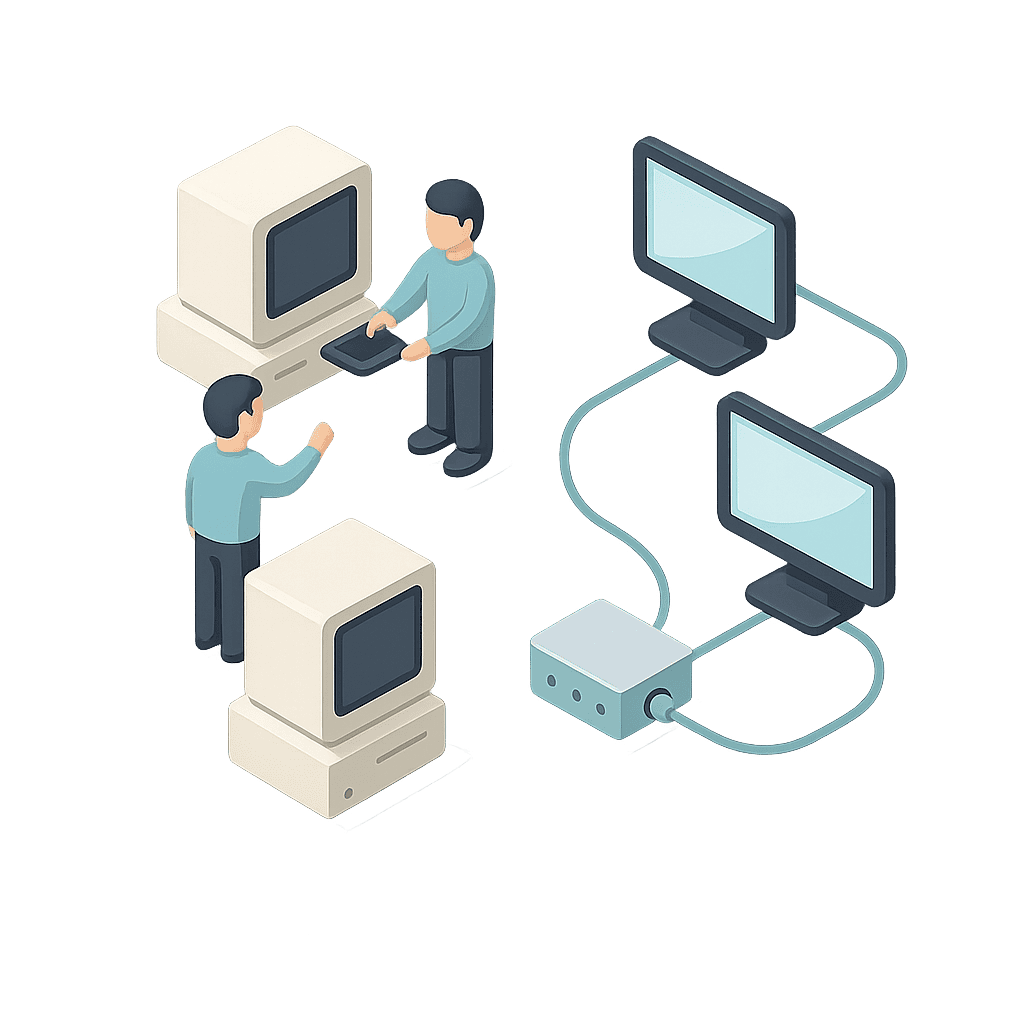
Figure 3 - From isolated computers with floppy disks to connected ones sharing data.
It was slow, fragile, and frustrating. A single lost or damaged disk could erase hours of work.
Collaboration was almost impossible, and communication between computers simply did not exist.Then came the idea of connecting computers directly.
With a single cable, two machines could finally exchange data.
That simple idea became the basis of modern communication. It connects people, information, and the entire digital world.From Connection to Structure
But connecting devices was only the beginning.
To make communication stable and predictable, engineers needed a structure. A set of rules and components that define how data travels, where it goes, and how it’s understood. That’s where the three pillars of every network come in.Answer the question below
Every network, from a home Wi-Fi to the global Internet, is built from three essential components.
They define who sends the data, how it moves, and the rules it follows. Together, they form the foundation that keeps information flowing smoothly.Pillar
What it is
What it does
Devices
PCs, switches, routers, servers, phones, IoT sensors
Create, request, forward, and store data
Transmission Media
Ethernet cables, fiber optics, Wi-Fi, cellular links
Carry electrical or optical signals that represent bits
Protocols
Ethernet, IP, TCP, UDP, HTTP, DNS
Define addressing, reliability, timing, and data format
Table 1 – Pillars of Every Network
Devices are the actors. They generate and process data.
Transmission media are the paths that move bits across distances.
Protocols are the rules that help messages reach the right place. They make sure messages arrive in the correct order and format, so every device can understand them.
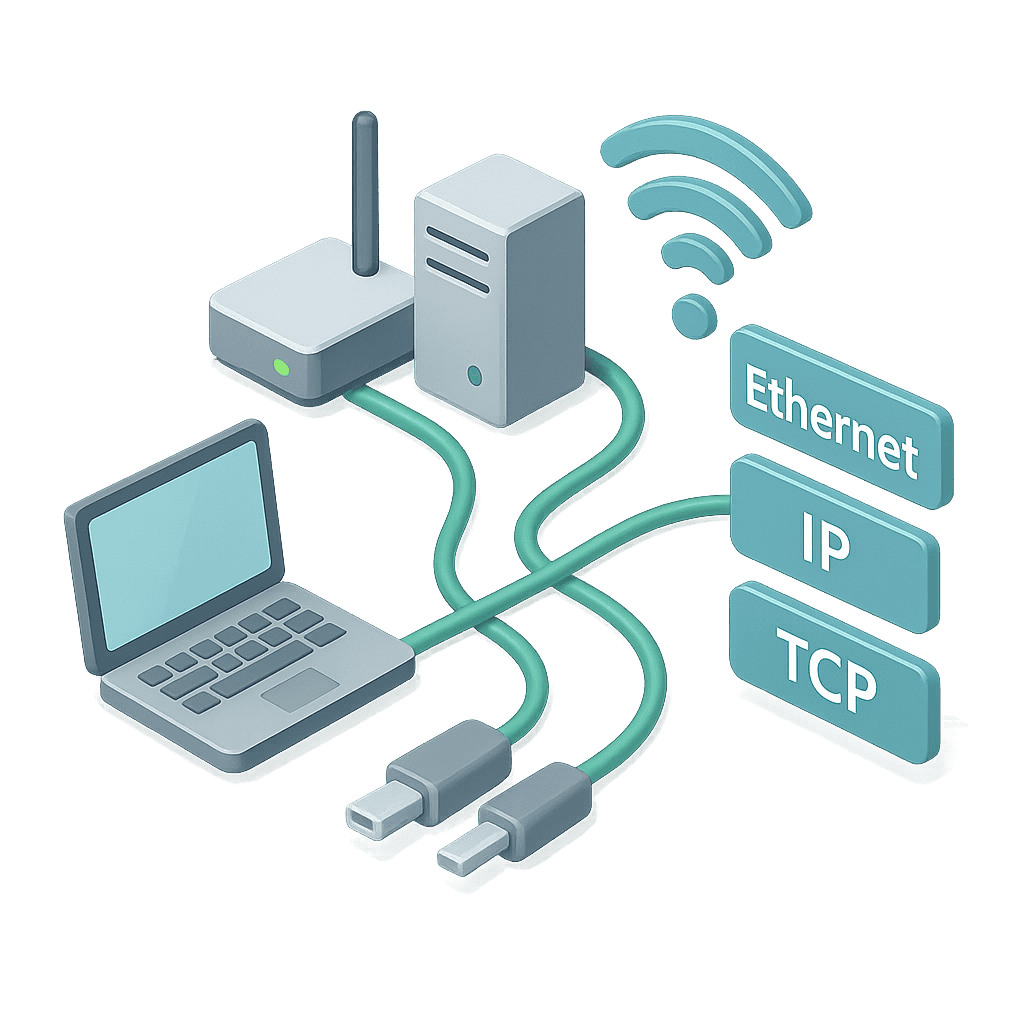
Figure 4 – Relationship between devices, transmission media, and protocols.
Without this structure, communication would collapse into chaos.
These three pillars are what turn simple machines into a reliable and organized network.Answer the question below
Think of a city. Buildings are devices, and roads are network links that carry data between them. Wide avenues are like high-bandwidth connections. Intersections serve as switches and routers, guiding traffic to where it needs to go.
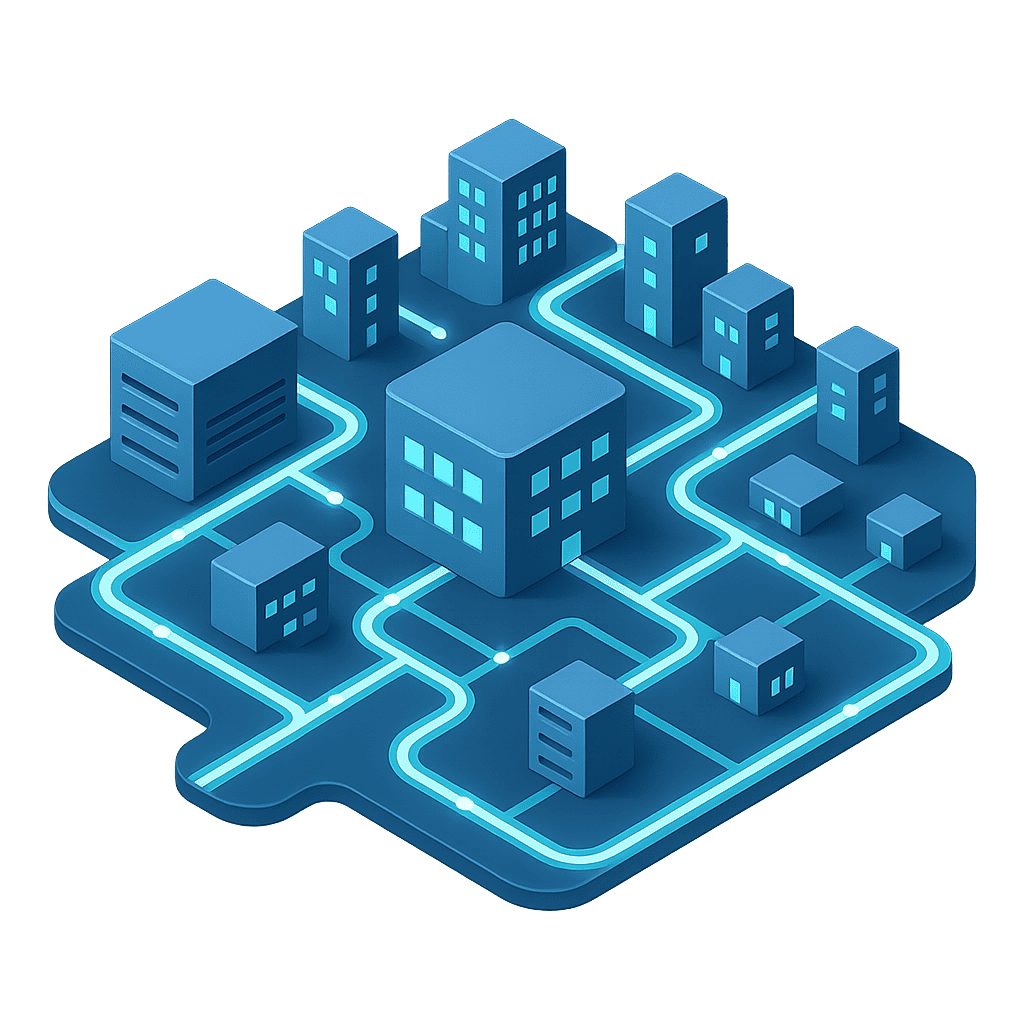
Figure 5 - City where roads represent links and intersections act as routers.
A city runs smoothly thanks to structure and organization. Without them, you would get traffic jams and confusion. Networks work the same way. Every second, millions of devices communicate with each other. This happens without chaos due to careful design and teamwork.
Answer the question below
Networks are not just about machines; they exist for people.
They allow us to communicate instantly across the world and to share ideas, emotions, and knowledge.
Families, friends, and professionals stay connected no matter where they are.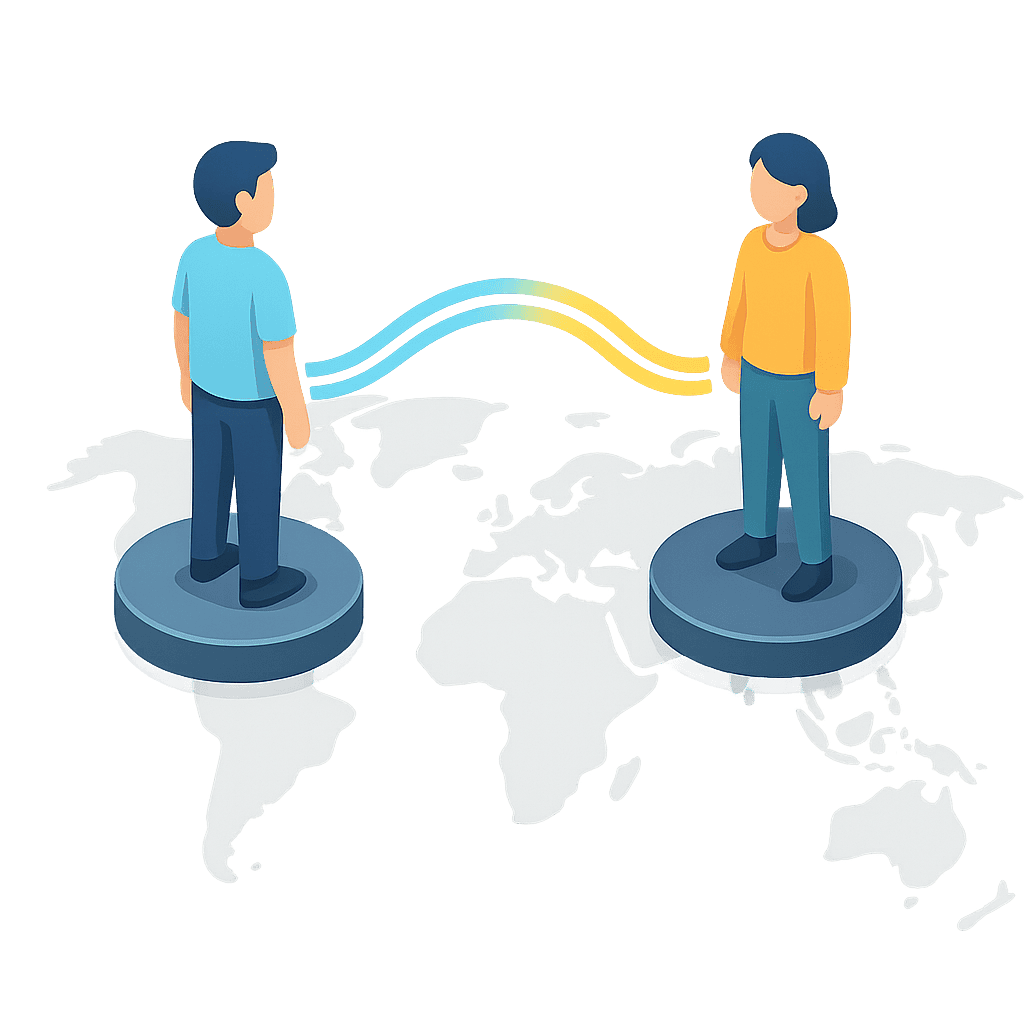
Figure 6 - People are connected across the world through network links.
Today, nearly every vital service depends on networks. This includes hospitals, education, transport, banks, and government.
Networks have become as vital to humanity as electricity or water. They are the infrastructure of modern connection.Real-World Examples of Networks
Now that we’ve seen why networks exist for people, let’s look at where they appear in everyday life.
Home Networks connect your phone, laptop, and TV through a Wi-Fi router so you can browse, stream, and share data effortlessly at home.
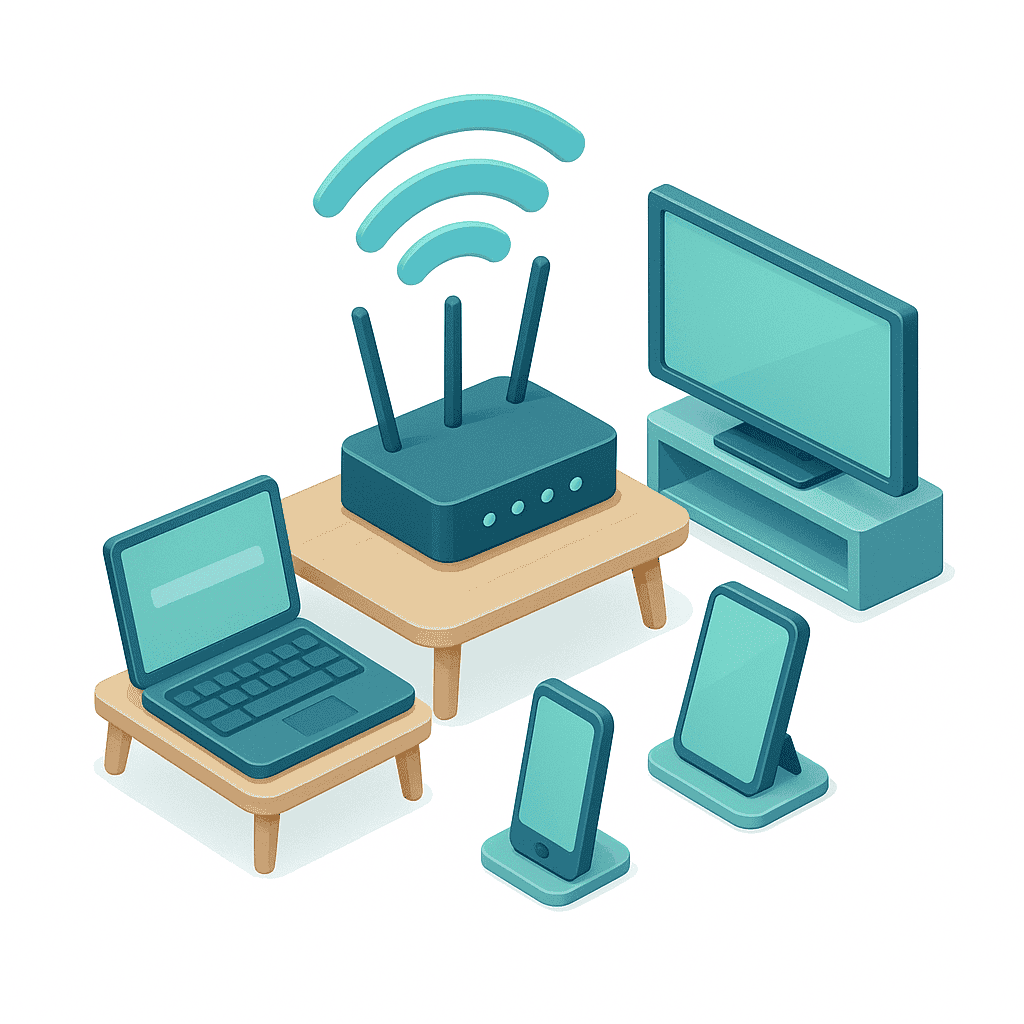
Figure 7 – Home network connecting devices through a Wi-Fi router.
Business Networks link computers, servers, and printers so teams can collaborate, store files centrally, and protect sensitive data within a company.
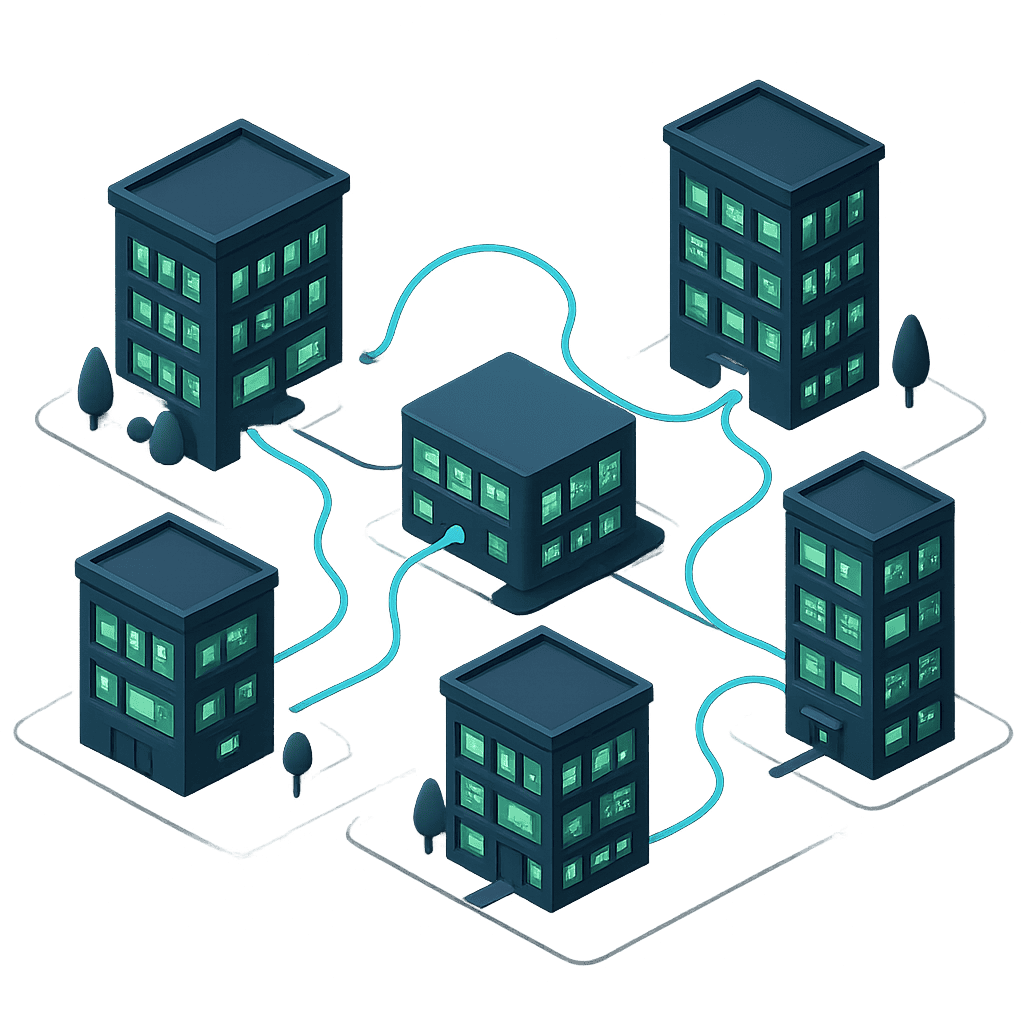
Figure 8 – Office network with multiple buildings interconnected.Data Center Networks interconnect thousands of servers that power the online services we use every day, like Google, YouTube, and Netflix.
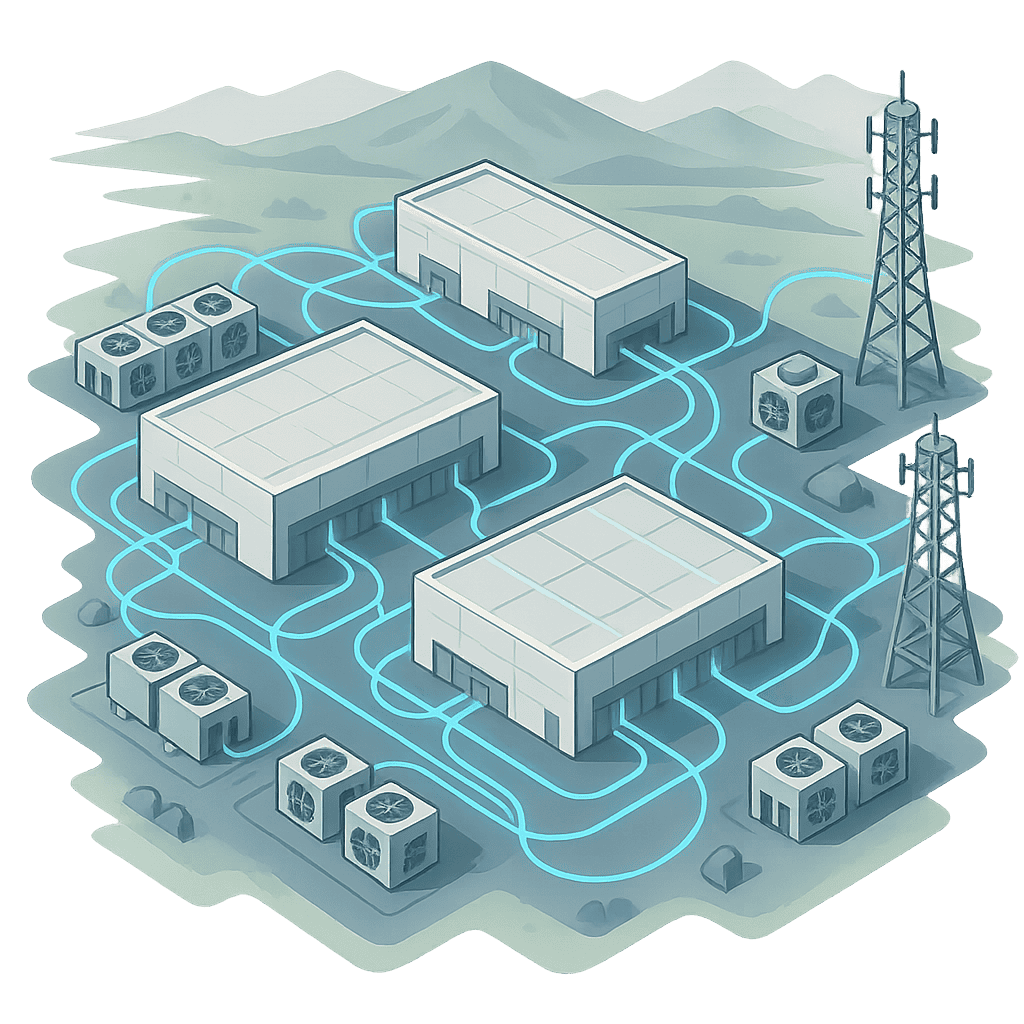
Figure 9 – Interconnected hyperscale data center buildings.
The Internet is the largest network of all, joining billions of devices worldwide through Internet Service Providers (ISPs).
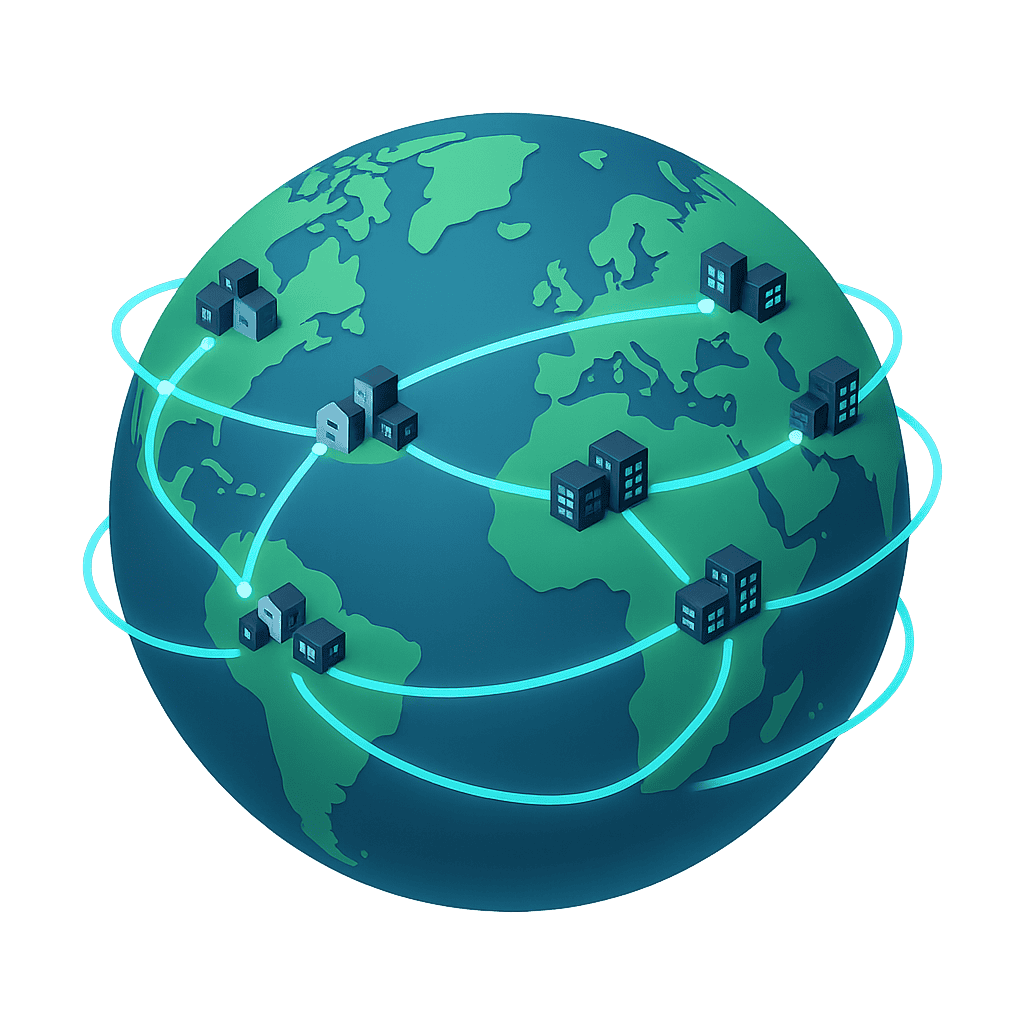
Figure 10 – The Internet connects networks and data centers across the globe.
Despite their scale, all these networks rely on the same three principles you’ve already learned:
devices that create and process data, transmission media that carry signals, and protocols that define how communication occurs.Answer the question below
A computer network connects devices so they can communicate, share resources, and exchange information efficiently.
It’s what allows data to move with order, reliability, and purpose, turning isolated machines into a living system of communication.At the heart of every network are three key elements that keep information structured and dependable.
Quick Recap
Devices create, process, and forward information.
Transmission media carry signals between those devices.
Protocols define how that information is formatted, sent, and received.
Without these three pillars, communication would collapse into chaos.
Together, they make every message, from a short text to a global video stream, reach its destination correctly.Key Takeaways
A computer network links devices so they can share data and collaborate.
All networks, from your home Wi-Fi to the global Internet, follow the same three principles: devices, media, and protocols.
Networks are built for people, enabling communication, innovation, and connection across the world.
Understanding this foundation is the first step before exploring why we need networks and how they solve real problems.
In the next lesson, you’ll discover What is a Network Model and how frameworks like TCP/IP and OSI make global communication possible.
Answer the question below